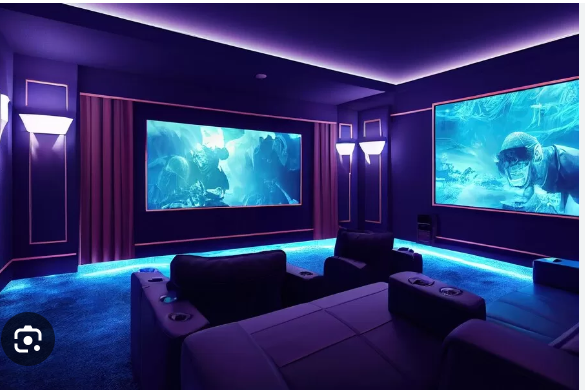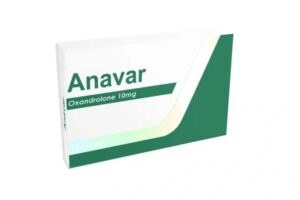Introduction
The cost of led screen varies greatly depending on numerous factors, including size, resolution, and intended use. LED screens are used in a variety of settings, from advertising and public information displays to entertainment and events. Understanding the factors that influence the cost of LED screens will help you make an informed decision and find the best value for your needs. This guide provides a comprehensive overview of LED screen costs, key influencing factors, and tips for getting the most value for your investment.
What is an LED Screen?
LED Screen: A digital display that uses Light Emitting Diodes (LEDs) to produce bright and high-quality visuals. These screens are known for their energy efficiency, high brightness, and versatility across different applications.
Key Characteristics:
- Brightness: Ensures visibility in various lighting conditions.
- Resolution: Offers clear and detailed visuals, which can vary based on pixel pitch.
- Applications: Commonly used in advertising, public displays, sports arenas, and entertainment venues.
Factors Influencing the Cost of LED Screens
- Size and Dimensions:
- Screen Size: Larger LED screens generally have higher costs due to increased material use and manufacturing complexity.
- Custom Dimensions: Non-standard or custom sizes can increase costs compared to standard sizes.
- Resolution and Pixel Pitch:
- Resolution: Higher resolution screens provide better image clarity and detail, leading to higher costs.
- Pixel Pitch: Smaller pixel pitches offer higher resolution and better image quality at closer viewing distances, which can increase the cost.
- Brightness and Performance:
- Brightness Levels: Screens with higher brightness levels are essential for visibility in bright or outdoor environments and can be more expensive.
- Performance Specifications: Features like high refresh rates and advanced color accuracy can affect pricing.
- Indoor vs. Outdoor Use:
- Outdoor Models: Designed to withstand weather conditions and usually cost more due to additional protective features and higher brightness.
- Indoor Models: Typically less expensive as they do not require weatherproofing and have lower brightness needs.
- Brand and Manufacturer:
- Brand Reputation: Established brands with a reputation for quality often command higher prices.
- Manufacturer: Prices can vary between manufacturers, with lesser-known brands sometimes offering more competitive pricing.
- Additional Features:
- Smart Technology: Displays with integrated smart features or connectivity options may come at a higher cost.
- Custom Features: Special functionalities or customizations, such as interactive capabilities, can increase the overall cost.
Pricing Range for LED Screens
- Basic Models:
- Price Range: Generally between $1,500 and $5,000 for smaller screens with standard features.
- Features: Basic models provide essential display capabilities with standard resolution and brightness.
- Mid-Range Models:
- Price Range: Typically between $5,000 and $15,000, offering enhanced resolution, brightness, and additional features.
- Features: Mid-range screens often include better color accuracy, higher brightness, and improved performance.
- High-End Models:
- Price Range: Can exceed $15,000, with some advanced models reaching $30,000 or more.
- Features: High-end models offer superior resolution, brightness, and advanced features such as smart integration and outdoor durability.
Tips for Managing LED Screen Costs
- Research and Compare:
- Multiple Suppliers: Obtain quotes from different suppliers to compare prices and find the best deal. Explore both local and online sources.
- Online Marketplaces: Check online marketplaces and B2B platforms for competitive pricing on LED screens.
- Consider Standard Models:
- Standard Sizes: Opt for standard sizes and configurations to avoid the higher costs associated with custom designs.
- Look for Promotions and Discounts:
- Sales and Offers: Monitor promotions, discounts, or clearance sales from manufacturers or suppliers.
- Bulk Purchasing: If you need multiple units, consider bulk buying to potentially reduce the cost per unit.
- Evaluate Lesser-Known Brands:
- Emerging Brands: Explore options from lesser-known or emerging brands that may offer affordable LED screens without compromising quality.
- Factor in Additional Costs:
- Installation and Maintenance: Include costs for installation, maintenance, and potential repairs in your budget.
- Shipping Costs: Consider shipping costs, as they can impact the total cost of purchasing an LED screen.
- Consult Industry Experts:
- Professional Advice: Seek guidance from industry experts or consultants to help you choose the best options and pricing based on your specific needs.
Conclusion
The cost of LED screens can vary significantly based on factors such as size, resolution, brightness, and additional features. By understanding these factors and exploring various suppliers, you can find an LED screen that meets your budget and requirements. Whether you’re looking for a basic model for indoor use or a high-end display with advanced features for outdoor applications, considering the cost factors and comparing options will help you make an informed and cost-effective decision.









